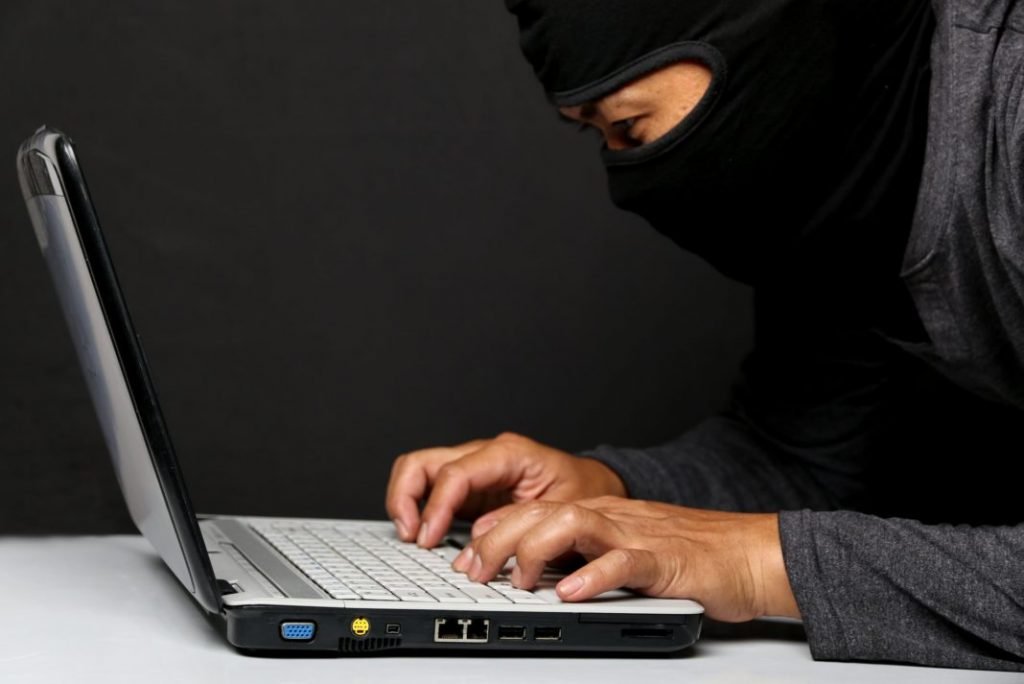How to Address a Diplomatic Attaché

When communicating with a diplomatic attaché, it is essential to follow proper diplomatic letter etiquette. This includes knowing how to address them correctly in both written and spoken forms.
In this guide, we will outline the various ways to address a diplomatic attaché, ensuring that your correspondence maintains the appropriate level of respect and formality.
Diplomatic Letter Address
When addressing a diplomatic attaché in a formal letter, it is customary to use the following format:
- The Honorable Full Name
This title should be placed before the attaché’s full name. For example, if the attaché’s name is John Smith, the correct format would be:
- The Honorable John Smith
Salutation
The salutation in a diplomatic letter should be respectful and formal. It is appropriate to use the following salutation:
- Dear Mr. / Madam Ambassador
If the attaché is not an ambassador, you can use their appropriate title instead. For example, if the attaché is a consul general, the salutation would be:
- Dear Mr. / Madam Consul General
Spoken Greeting
When meeting a diplomatic attaché in person, it is important to address them correctly. If the attaché is an ambassador, you should use the following format:
- Mr. / Madam Ambassador
If the attaché holds a different title, such as consul general, you should use their appropriate title instead. For example:
- Mr. / Madam Consul General
Formal Introduction
When introducing a diplomatic attaché in a formal setting, it is customary to use their full title and the country they represent. For example, if the attaché is the Ambassador of the United States of America, the formal introduction would be:
- The Honorable Full Name, Ambassador of the United States of America (at post)
It is important to note that the “at post” designation should be used if the attaché is currently serving in the country where the introduction is taking place.
Conclusion
Addressing a diplomatic attaché correctly is an important aspect of diplomatic letter etiquette. By following the guidelines outlined in this guide, you can ensure that your correspondence maintains the appropriate level of respect and formality. Whether in written or spoken form, addressing a diplomatic attaché with the correct title and salutation is a sign of professionalism and courtesy.
Article updated 1 month ago ago. Content is written and modified by multiple authors.









